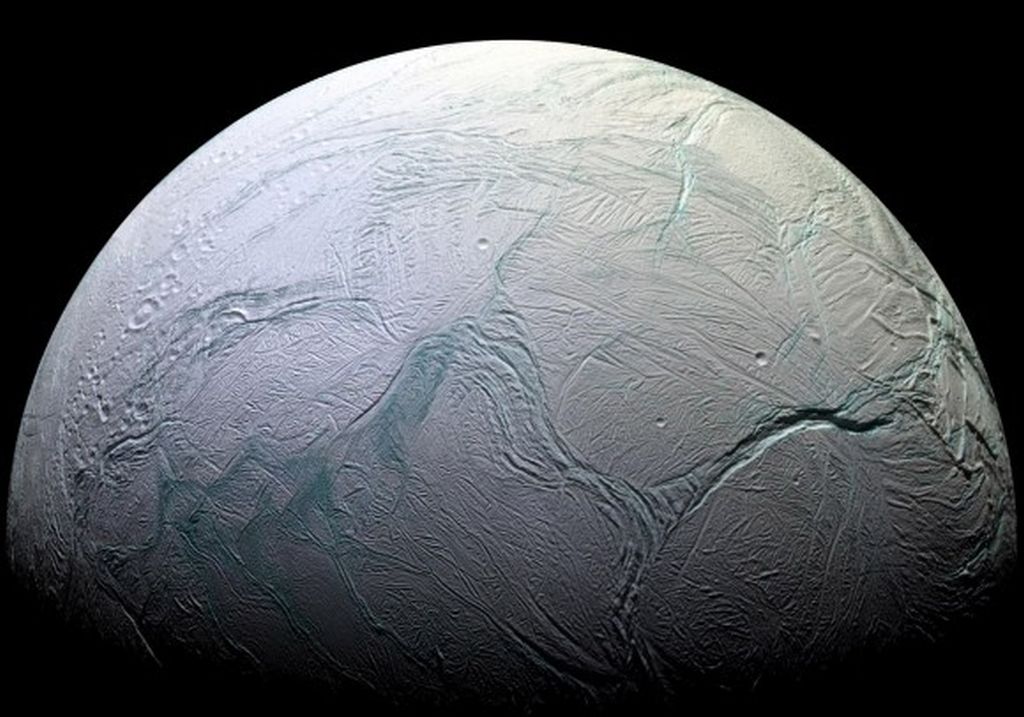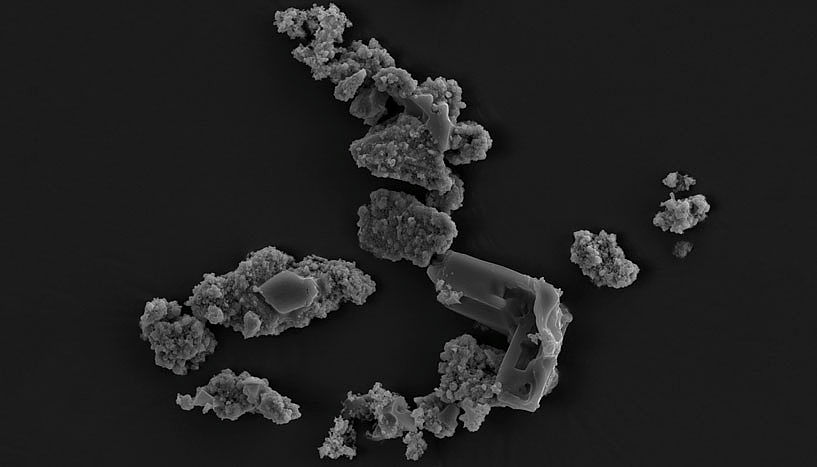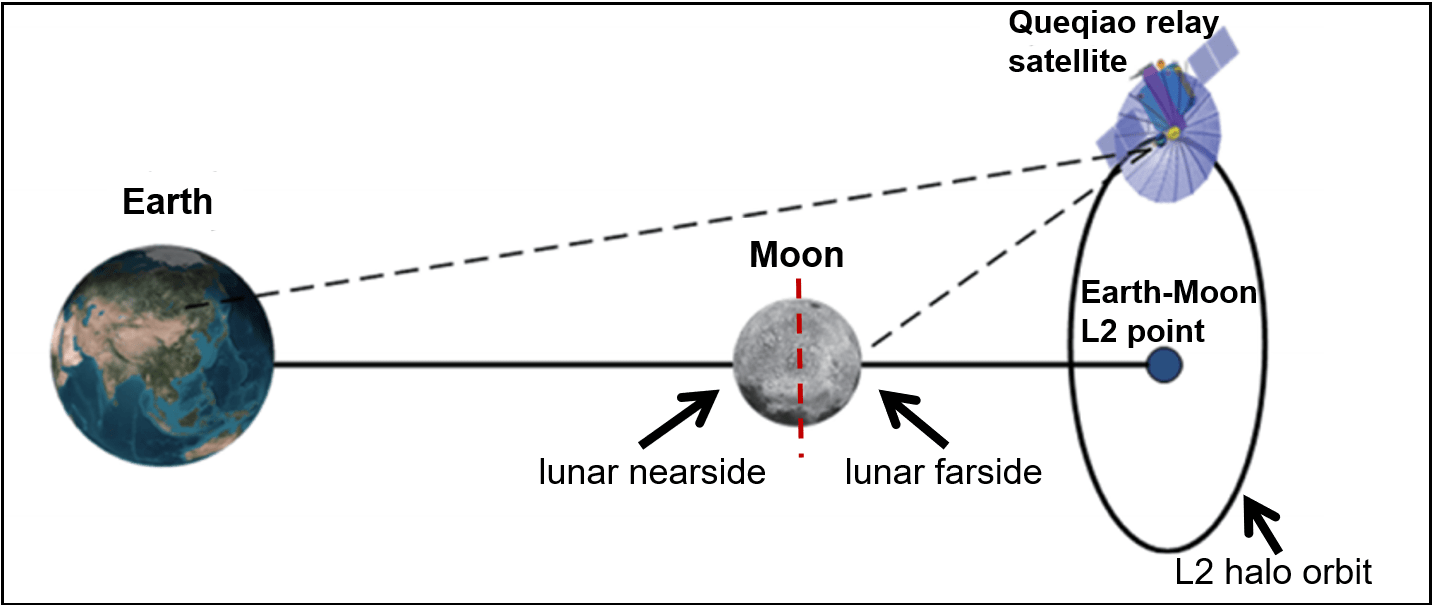Saturn’s moon Enceladus has captivating scientists ever since the Voyager 2 mission passed through the system in 1981. The mystery has only deepened since the arrival of the Cassini probe in 2004, which included the discovery of four parallel, linear fissures around the southern polar region. These features were nicknamed “Tiger Stripes” because of their appearance and the way they stand out from the rest of the surface.
Since their discovery, scientists have attempted to answer what these are and what created them in the first place. Thankfully, new research led by the Carnegie Institute of Science has revealed the physics governing these fissures. This includes how they are related to the moon’s plume activity, why they appear around Enceladus’ south pole, and why other bodies don’t have similar features.
Continue reading “Why Does Enceladus Have Stripes at its South Pole?”









